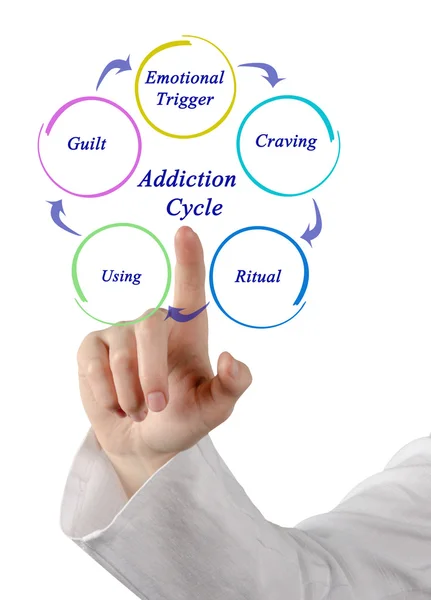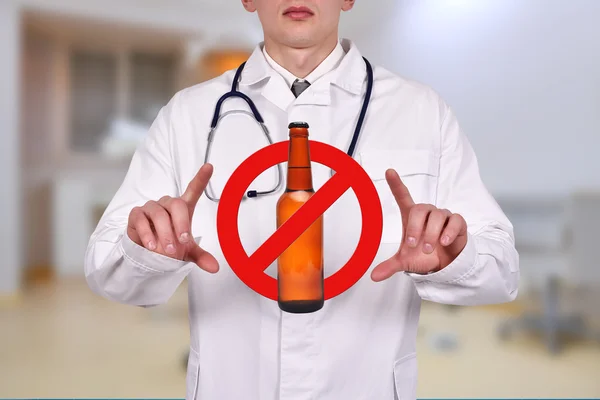Recognizing the Distinctions Between Alcoholism and Casual Drinking
When discussing alcohol consumption, it’s crucial to distinguish between casual drinking and alcoholism. Many people enjoy an occasional drink or a social beverage, but for others, alcohol can become a more serious issue. At SERENITY ALC, we believe in clarifying these terms to understand better and address alcohol-related concerns. This article explores the nuances between casual drinking and alcoholism, focusing on key concepts like “occasional drinker,” “social drinker,” and the impact of behaviors like day drinking.
What Does an Occasional Drinker Mean?
An “occasional drinker” refers to someone who consumes alcohol infrequently. This can mean enjoying a glass of wine or a cocktail during special occasions or social gatherings without it becoming a regular habit. For these individuals, drinking is often a choice made in moderation, and their consumption does not interfere with daily responsibilities or well-being.
Characteristics of Occasional Drinkers:
Moderation: They drink in moderation, adhering to general guidelines such as having no more than one to two drinks on a single occasion.
Frequency: Their drinking is infrequent and usually limited to specific events or celebrations.
Impact: Alcohol consumption does not negatively affect their work, relationships, or health.
Understanding the “occasional drinker” meaning helps differentiate between those who manage their alcohol intake responsibly and those who might be developing unhealthy patterns.
Read Also: Best Alcohol De addiction Centre in India
Social Drinker Meaning and Its Implications
A “social drinker” is a person who mostly drinks alcohol in social situations. Drinking socially means that alcohol consumption is typically tied to social interactions, such as parties, dinners, or gatherings, rather than being a daily or frequent activity.
Characteristics of Social Drinkers:
Context-Driven: Their drinking habits are often triggered by social situations rather than personal habits.
Control: They generally have a sense of control over their drinking and can abstain when not in a social setting.
Perception: Social drinkers might view their alcohol consumption as a normal part of socializing and rarely consider it problematic.
It’s essential to recognize that even though social drinking can be perceived as harmless, it can still lead to problematic patterns if not managed carefully.
Day Drinking Meaning and Potential Risks
Day drinking refers to the act of consuming alcohol during the day, often starting in the morning or early afternoon. This behavior can signal a departure from typical drinking patterns, where alcohol consumption is generally reserved for evenings or special occasions.
Potential Risks of Day Drinking:
Increased Consumption: Day drinking can lead to higher overall alcohol consumption, as drinking earlier in the day might extend into the evening.
Disruption of Daily Life: It can interfere with daily responsibilities, productivity, and social obligations.
Health Concerns: Regular day drinking may be associated with negative health effects, including impaired cognitive and physical functions.
While occasional day drinking might not be inherently problematic, frequent or chronic day drinking can be a red flag for developing alcohol dependence.
Distinguishing Casual Drinking from Alcoholism
Understanding the difference between casual drinking and alcoholism involves recognizing signs of dependence and problematic behavior. Here are some key distinctions:
1. Frequency and Quantity of Consumption:
Casual Drinking: Infrequent and moderate, generally within recommended guidelines.
Alcoholism: Regular or excessive consumption that escalates over time, often leading to tolerance and withdrawal symptoms.
2. Impact on Daily Life:
Casual Drinking: Does not interfere with responsibilities or relationships.
Alcoholism: Negatively affects work, social life, and personal health, leading to conflicts, absenteeism, and neglect of duties.
3. Control and Dependency:
Casual Drinking: Controlled and voluntary, with the ability to abstain or reduce intake without difficulty.
Alcoholism: Alcoholism is defined as a loss of control over one’s drinking, recurrent cravings, and the need for alcohol to operate normally.
4. Physical and Emotional Symptoms:
Casual Drinking: Casual drinking: There is no major physical or mental suffering associated with alcohol consumption.
Alcoholism: Symptoms of alcoholism include physical health difficulties such as liver damage and gastrointestinal disorders, depression and anxiety.
Read Also: Overcoming Cravings for Alcohol
When to Seek Help
It’s critical to recognize the warning symptoms of alcoholism and get treatment if you or someone you know is experiencing problems with alcohol intake. At SERENITY ALC, we offer a range of luxury rehab services designed to support individuals in overcoming alcohol dependence and regaining control of their lives.
Signs That Professional Help Might Be Needed:
Challenges Reducing Intake: Continual attempts, met with failure, to reduce alcohol consumption.
Negative Impact: Ongoing negative effects on work, relationships, and health.
Emotional Distress: Experiencing anxiety, depression, or emotional turmoil related to alcohol use.
A luxury rehabilitation center can offer the resources and assistance required to combat alcoholism and promote recovery.
Conclusion
Understanding the difference between casual drinking and alcoholism is essential for maintaining a healthy relationship with alcohol. While occasional and social drinking can be part of a balanced lifestyle, recognizing the signs of problematic drinking and seeking help when needed can prevent the progression to alcoholism. At SERENITY ALC, we are dedicated to providing comprehensive care for those struggling with alcohol use and supporting them on their journey to recovery.











